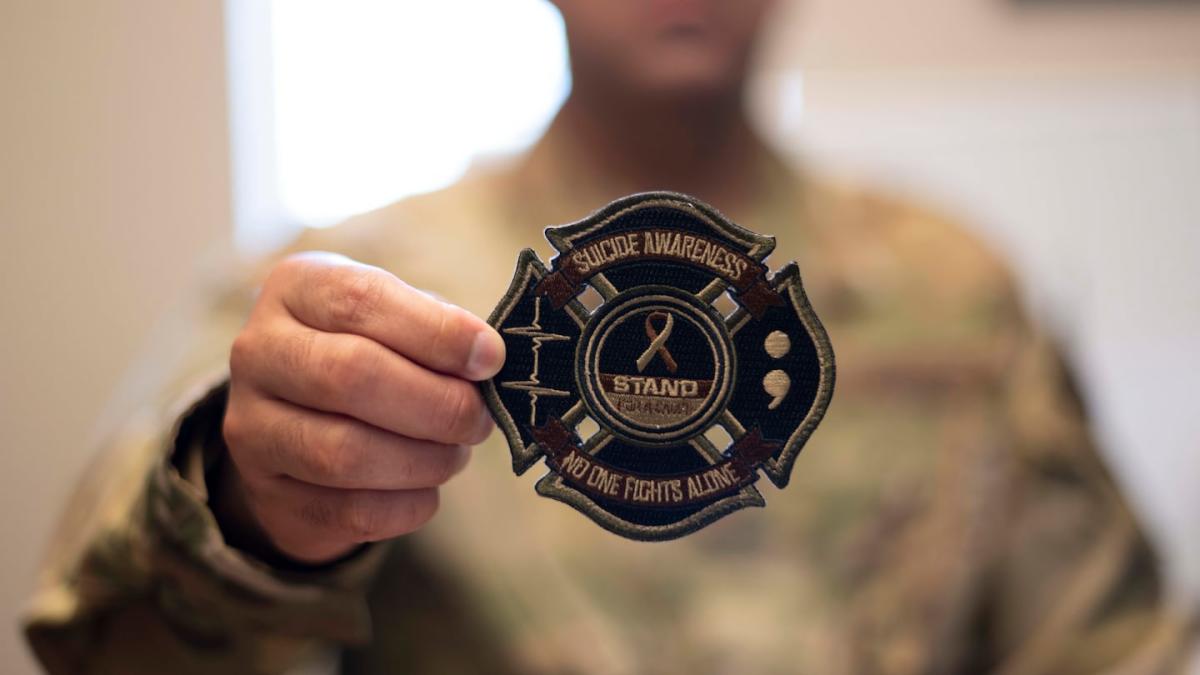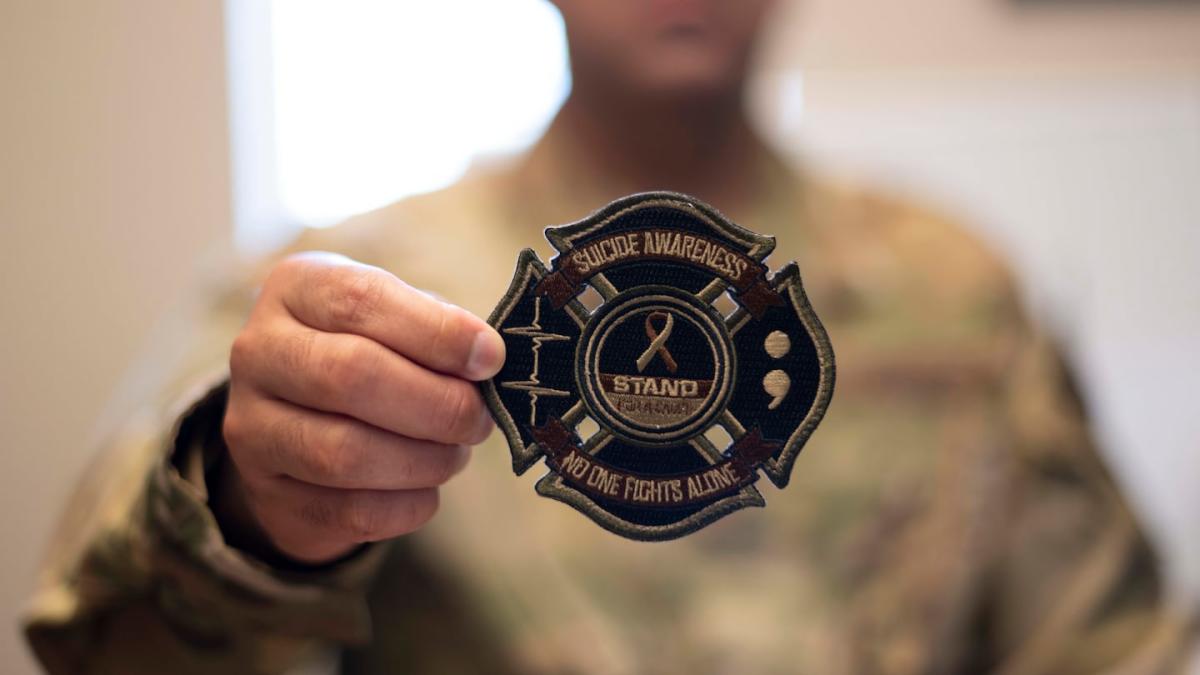
Editor’s note: This report contains discussion of suicide. Troops, veterans and family members experiencing suicidal thoughts can call the 24-hour Suicide and Crisis Lifeline at 988 and dial 1, text 838255 or visit VeteransCrisisLine.net.
The military jobs performed by troops who were found to be most at risk of suicide include infantry, ordnance disposal and diving, combat engineering, medical care and those for technical specialists “not elsewhere classified,” according to a Department of Defense study finalized this month and shared with Military Times.
The report studied rates of suicide in the armed forces between 2011 and 2022 by military occupational specialty and identified trends to help the Pentagon address suicide risk among certain jobs.
As the challenge of reducing suicide across the military community continues, lawmakers are hoping the report can facilitate constructive action.
“These key findings show trends that will guide the DOD in its efforts to curb suicide rates and hopefully save lives,” Sen. Angus King, I-Maine, who sits on the Senate Armed Services Committee, said in a statement shared Tuesday with Military Times.
King helped facilitate the provision into law that required DOD to study the issue. Along with others in Congress, he called on the Pentagon to provide the report so that policies addressing suicide risks across the armed forces may be created, Army Times previously reported.
The newly released report uses data on suicide deaths beginning in calendar year 2011. Prior to that, the Pentagon was unable to provide reliable information because of a lack of a standardized reporting methodology.
It identified 5,997 service members who died by suicide, a number that included 3,665 active duty, 930 Reserve and 1,402 National Guard troops.
Enlisted service members with the occupation code 101 (infantry) were found to have higher suicide mortality rates than those from 21 other occupation codes. That was followed by service members with the job codes 143 (ordnance disposal and diving), 103 (combat engineering), 130 (medical care) and 149 (technical specialists “not elsewhere classified”).
Additionally, 14 occupation codes had evidence of a higher suicide mortality rate as compared to the civilian U.S. adult population. Of those, the three with the highest adjusted rates were occupation codes 101 (infantry), 102 (armor and amphibious) and 103 (combat engineering). U.S. population suicide data for those comparisons was available through 2021 at the time the report was authored.
Meanwhile, enlisted troops in occupation code 195 (not occupationally qualified) and 191 (officer candidates and students) had a lower suicide rate than 38 other occupation codes, followed by service members with the occupation codes 153 (data processing) and 115 (ADP computers).
Comparisons across services
Army: Soldiers in certain occupation codes (infantry, combat engineering, and armament and munitions) showed strong evidence of higher suicide mortality rates than the rate for the total enlisted Army population, while soldiers in other occupation codes (data processing, other functional support, and officer candidates and students) had strong evidence of a lower rates.
Only the Army had occupation codes with enough data to make a comparison to the total Army officer suicide rate. Occupation codes 2203 (helicopter pilots) and 2205 (ground and naval arms) had suicide rates consistent with the total officer Army rate.
Additionally, Army Times previously reported that Army tank brigades experienced a suicide rate twice as high as the rest of the active duty force between 2019 and 2021.
Navy: Only sailors in occupation code 183 (law enforcement) had strong evidence of a higher suicide mortality rate than the total enlisted Navy rate.
Marine Corps: Marines in the occupation code 101 (infantry) had a higher suicide rate than the total enlisted Marine Corps rate, while Marines in the occupation code 195 (not occupationally qualified) had a lower rate.
Air Force: All occupation codes had suicide mortality rates consistent with the total enlisted Air Force rate, except for those in the occupation code 195 (not occupationally qualified), which had a lower rate.
Coast Guard: During the time reviewed, the Coast Guard experienced relatively low suicide death counts per year, ranging from 4 to 14 total events annually, making a comparative analysis difficult. Additionally, the Coast Guard does not currently collect data on a member’s occupation at the time of death, limiting the ability to incorporate Coast Guard suicide and occupational data into the report, the study noted.
Space Force: Established in 2019, the Space Force was excluded from the analysis since there were no deaths by suicide in the service between 2019 and 2022.
EMEA Tribune is not involved in this news article, it is taken from our partners and or from the News Agencies. Copyright and Credit go to the News Agencies, email news@emeatribune.com Follow our WhatsApp verified Channel





